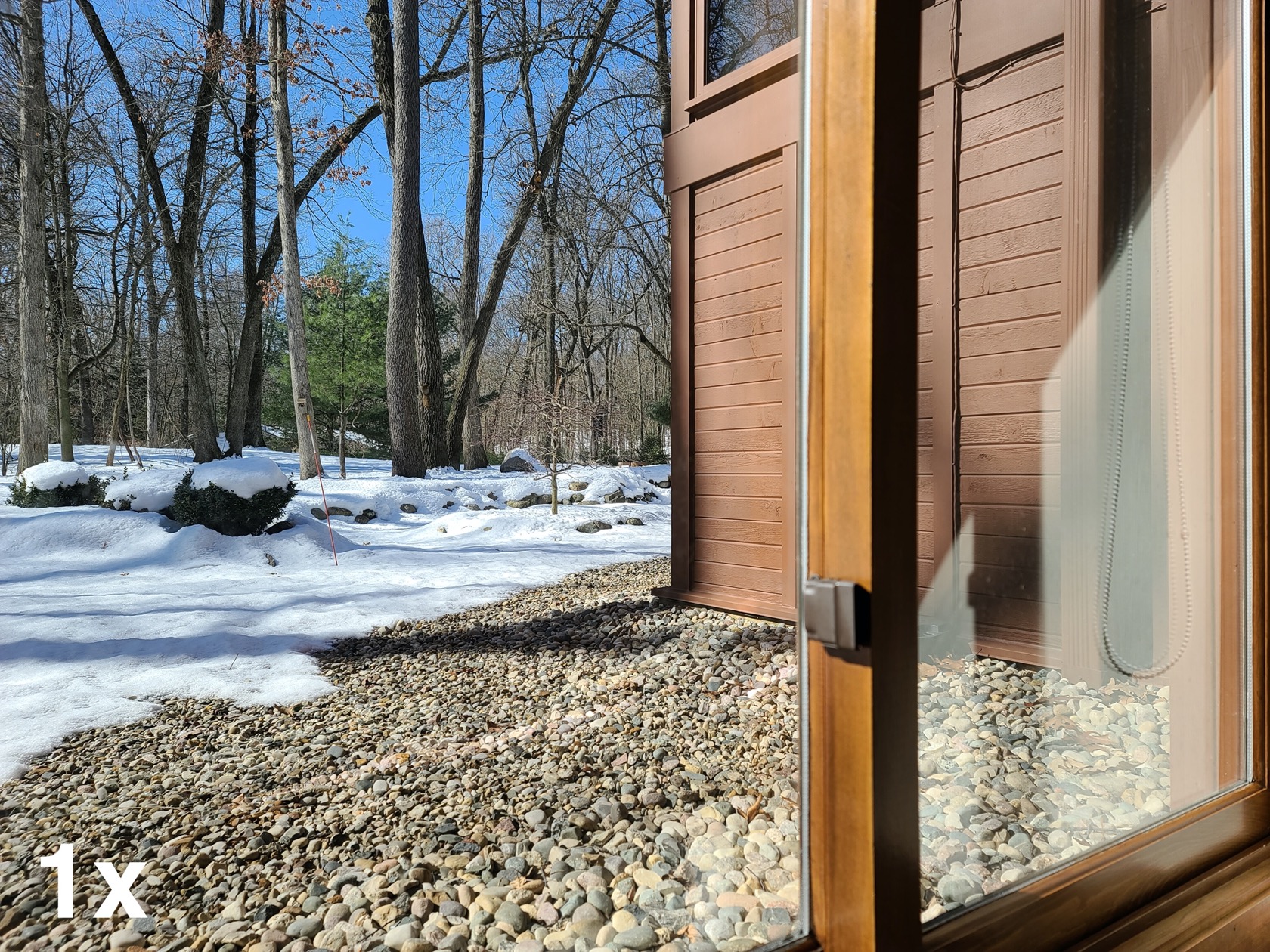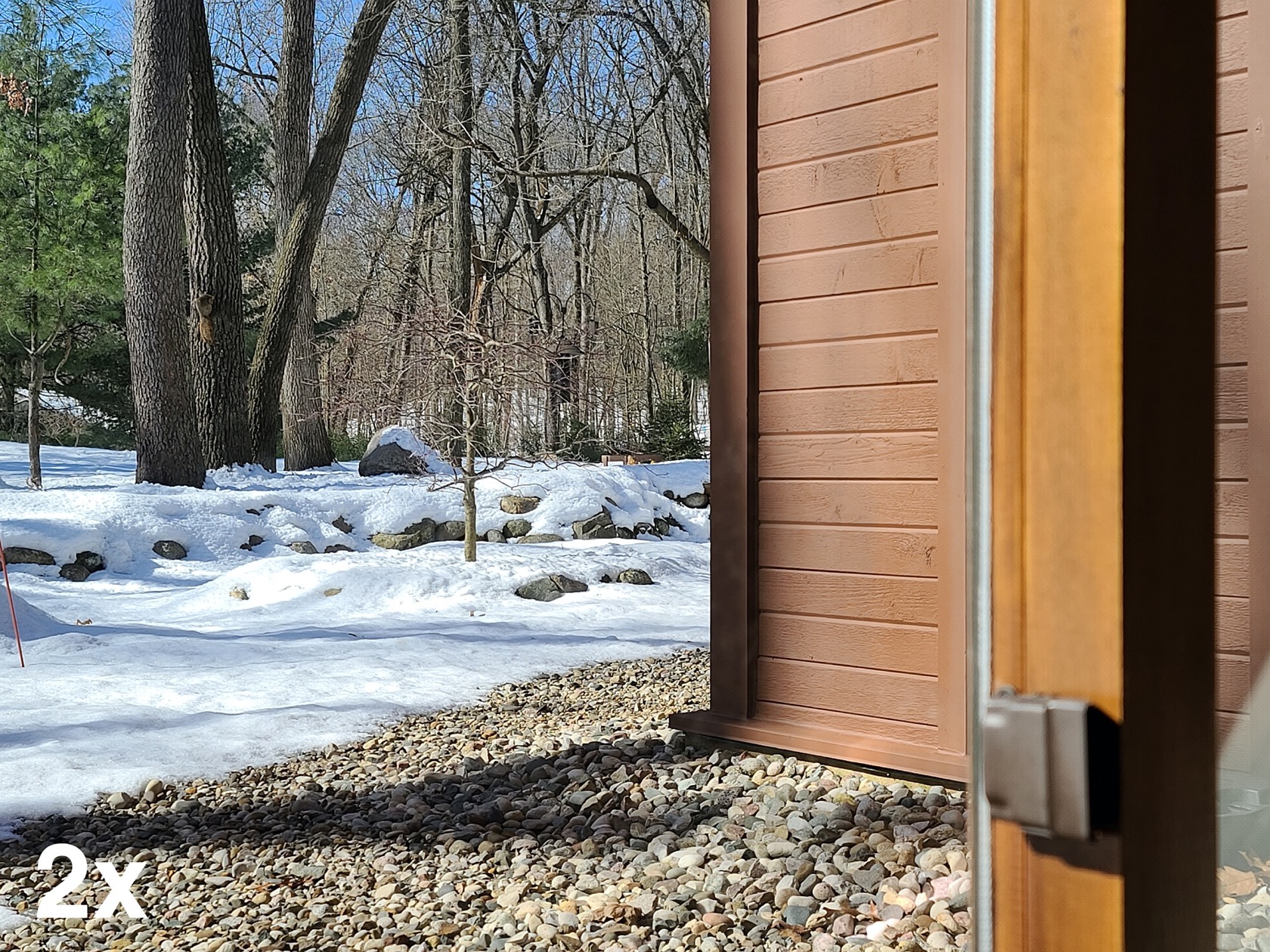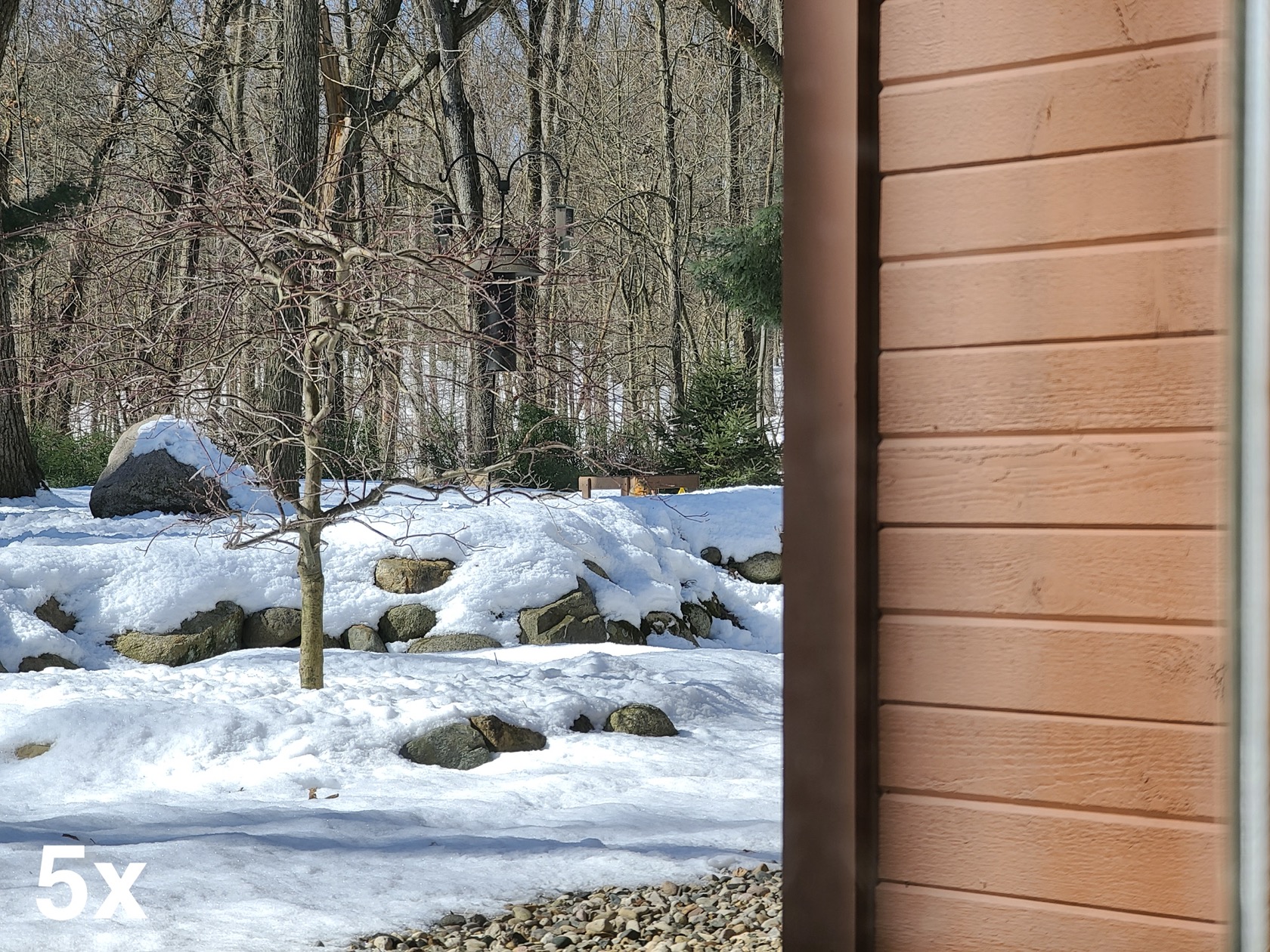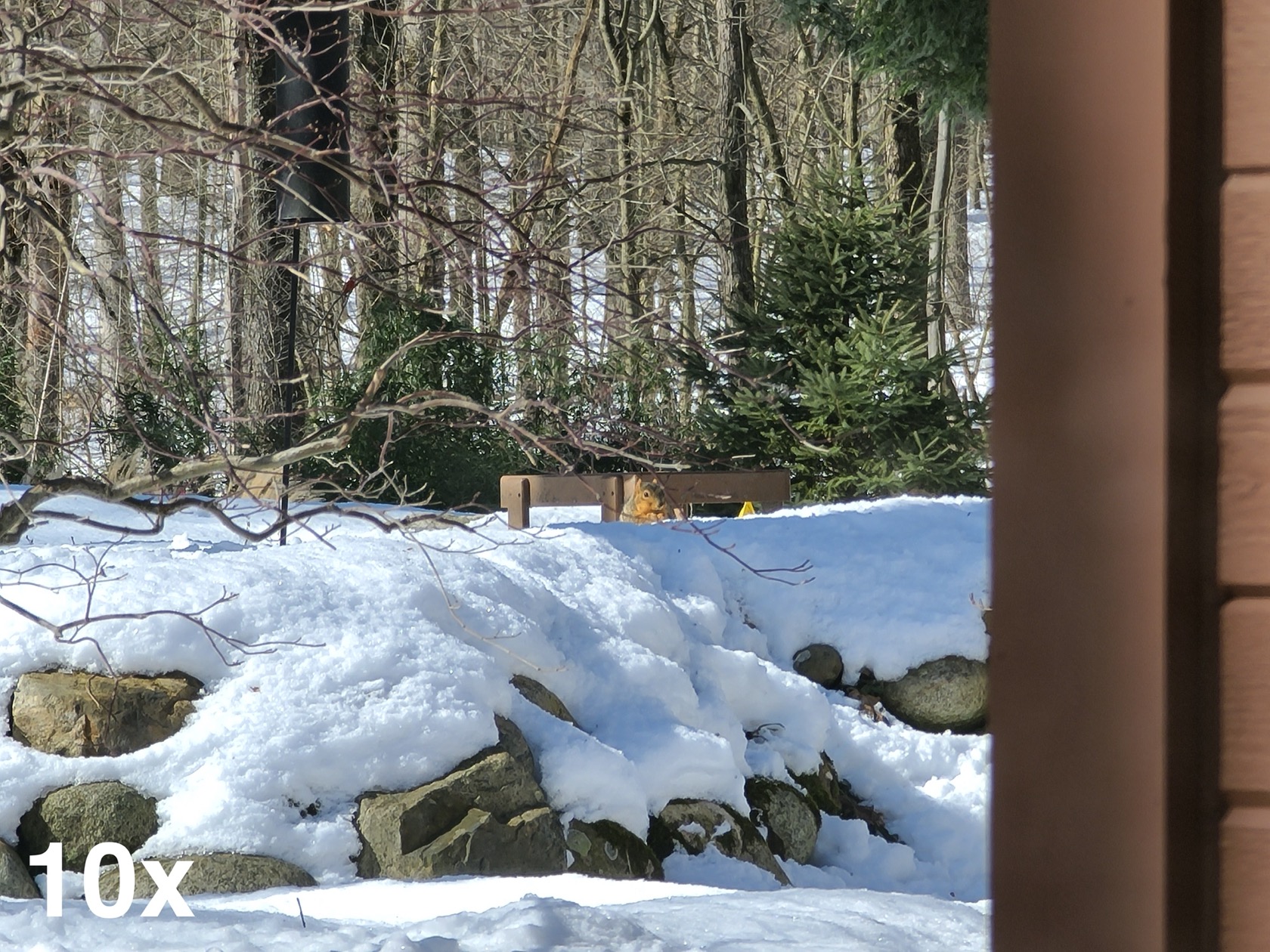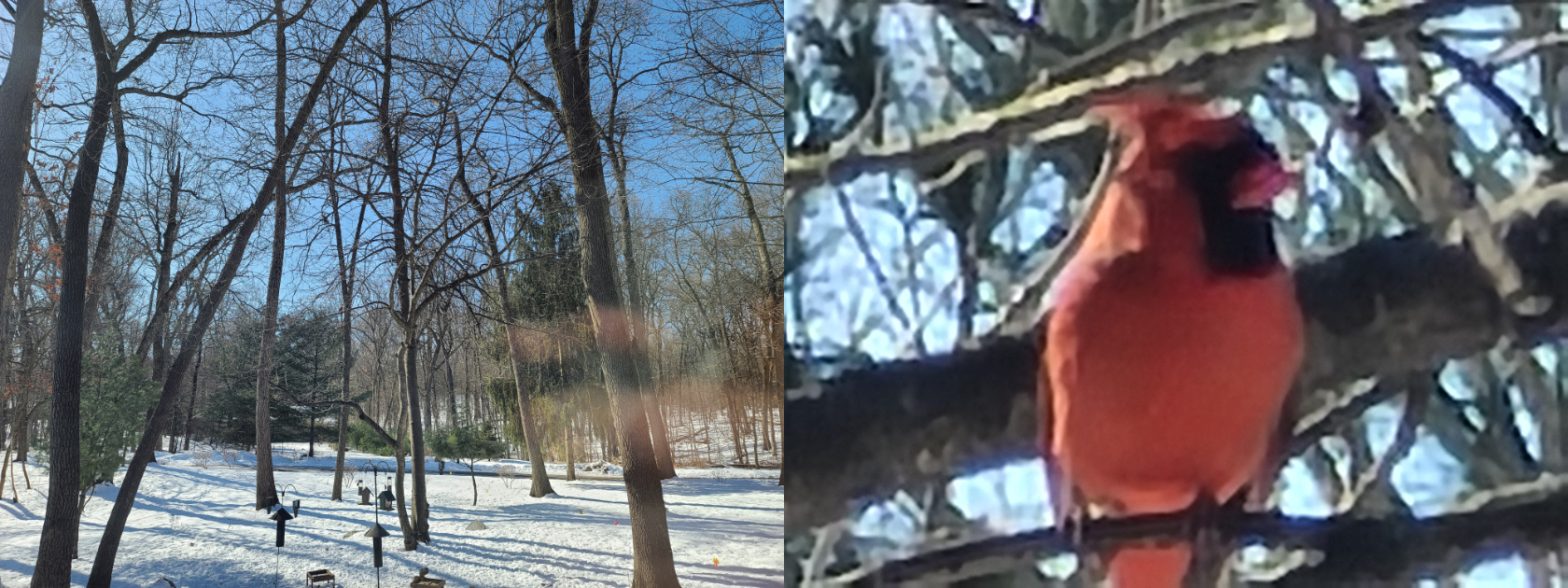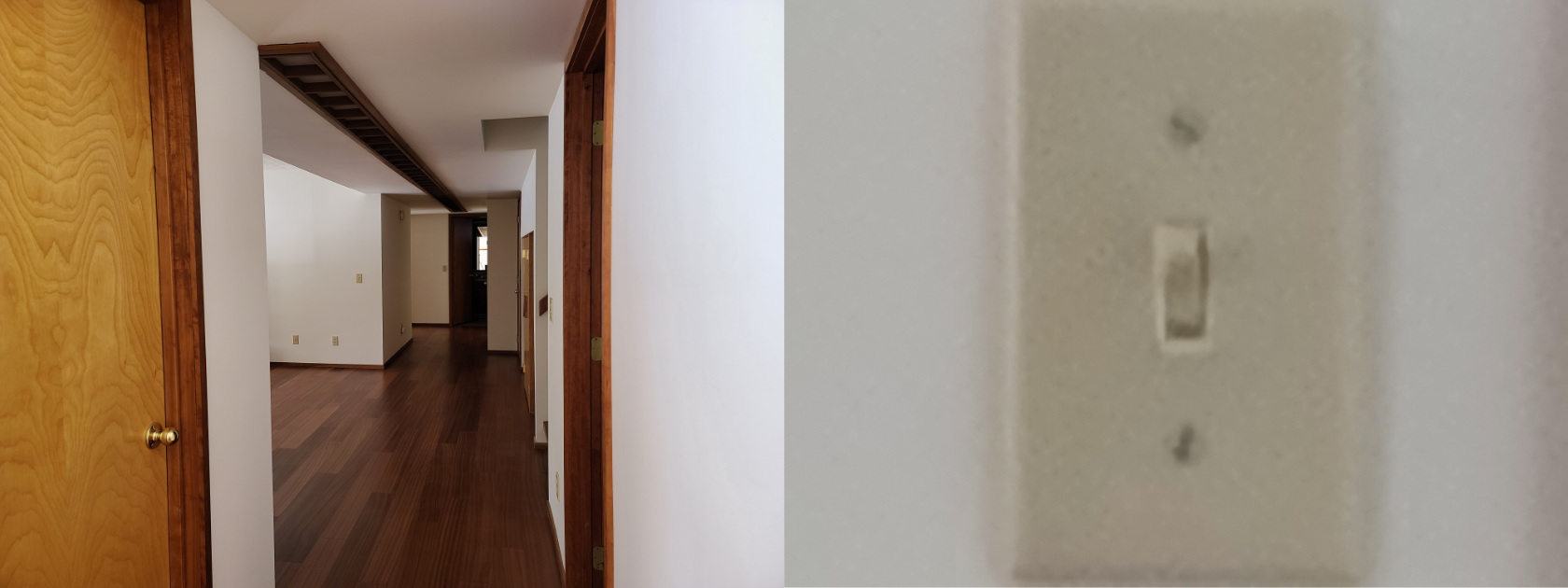The Galaxy S20 Ultra 5G's 100x Zoom Is Frustrating Excess
Nobody can accuse the Samsung Galaxy S20 Ultra 5G of not taking photography seriously. Flagship of the new S20 family, its four main cameras includes a whopping 100x "Space Zoom" courtesy of a clever folded telephoto lens. It's one of the first things I played with when SlashGear's Galaxy S20 Ultra 5G review unit landed, but as I quickly discovered, just because you can zoom, doesn't mean you should.
Shaky hands and cursed framing
Before you can even judge the image quality, you have to actually frame a picture. That's normally a fairly easy thing to do: even if you struggle to keep some of the heavier recent smartphones still in your hand, optical and digital image stabilization is usually good enough to smooth out the jerkiness just enough to snap a frame.
Zooming in on the Galaxy S20 Ultra 5G shows just how much micro-movement the average phone has to deal with, however. You don't even need to be at 100x magnification for it to be a problem. Even at 30x zoom, you can clearly see the preview twitching as it tries to compensate.
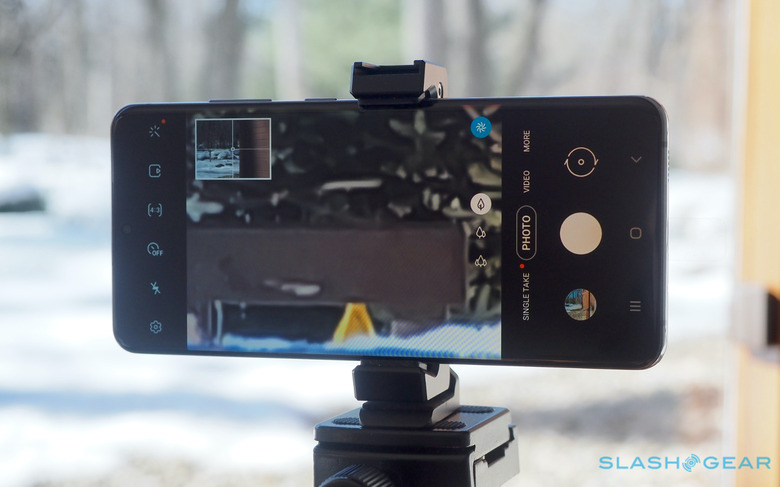
Go in all the way for that maximum-zoom shot, meanwhile, and things get frustrating. Even trying to find a subject to roughly frame them is tricky: Samsung includes a targeting thumbnail to help, but it's still a challenge. That's doubly so if your subject is moving at all. Often, by the time I got my squirrel friends vaguely in sight, they moved before I could hit the shutter button.
Hand shake is a legitimate problem, and even on a tripod, the Galaxy S20 Ultra 5G was still showing some wiggle. Certainly, if you can fix the phone in place – just as you might for a timelapse – it's easier to get a more stable high-zoom shot. All the same, I found myself having to zoom in and out a fair amount to get the framing right, and every time you swipe or tap the screen to do that the camera wobbles a little, and in the meantime your subject has moved, and by the time you get it pointed in the right direction again and zoomed back in, your subject has moved again... you get the idea.
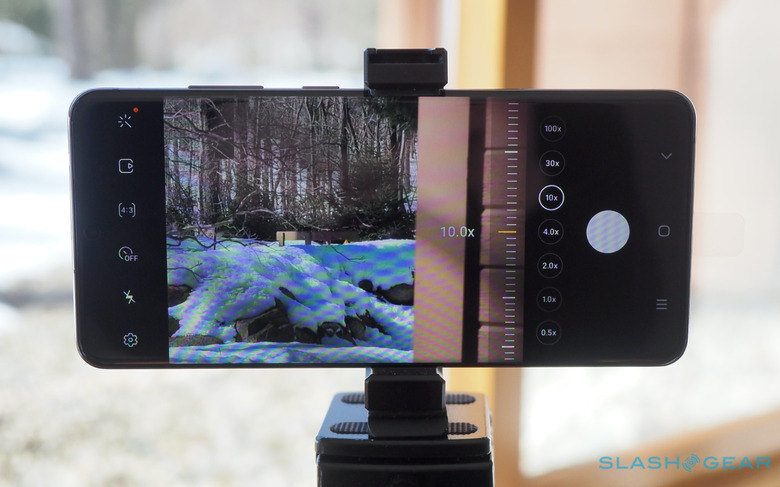
Squirrel, is that you?
There's been concern in some quarters that ultra-zoom phones could end up being used for nefarious purposes, peeping in through bedroom windows or eavesdropping on documents from afar. Having seen what the Galaxy S20 Ultra 5G's Space Zoom comes up with at maximum resolution, however, I'm not really concerned.
Indeed I was reminded of the blocky results of early phone cameras, back in the days when a VGA or 1.3-megapixel camera was something to be proud of. Yes, you can tell these are the squirrels I was aiming at. Nobody is going to confuse these photos of being fine art, though.

I can't really see myself sharing anything taken at the Galaxy S20 Ultra 5G's higher levels of magnification. Not without a long explanation as to why the photos look so blocky, anyway – unless I was actively going for a blotchy watercolor-like effect. I think 20x or 30x is pretty much the usable limit, and even then it's scene dependent.
The following images were all taken hand-held, first at 1x and then at 100x zoom. I kept the zoom subject at the center of the frame as far as possible, and of course these are resized down for the sake of loading speeds (though there's not really a huge impact in quality on the zoomed shots).
If it's a gimmick, double-down on it
Even with the pixelation, there's something undeniably fun about the sort of zoom level the Galaxy S20 Ultra offers. What I've found already is that the real entertainment value isn't so much in getting that close-up shot, but in the realization that you've gone from a regular image to a super-zoom one. It's the process that's fun, not the end-result.
I feel like Samsung has missed an opportunity there, by not allowing you to easily capture the whole zooming process from regular through to 100x magnification.
What I'd love to see is something like Triple Shot, which LG added to its V40 ThinQ. That made a short video of the transition between the ultra-wide, wide, and telephoto lenses, complete with customizable transitions and backing music. The shift between each sensor wasn't seamless, but it was a fun way to show off the framing.
I suspect it would be even more fun on the Galaxy S20 Ultra 5G, which has the benefit of shifting between its zoom levels smoothly. Whether it's a sudden zoom right into a scene, or a reverse zoom to show the full frame, I could see that being popular for social sharing. Then, the fact that the higher levels of zoom are crunchy and pixelated wouldn't be such a big deal.
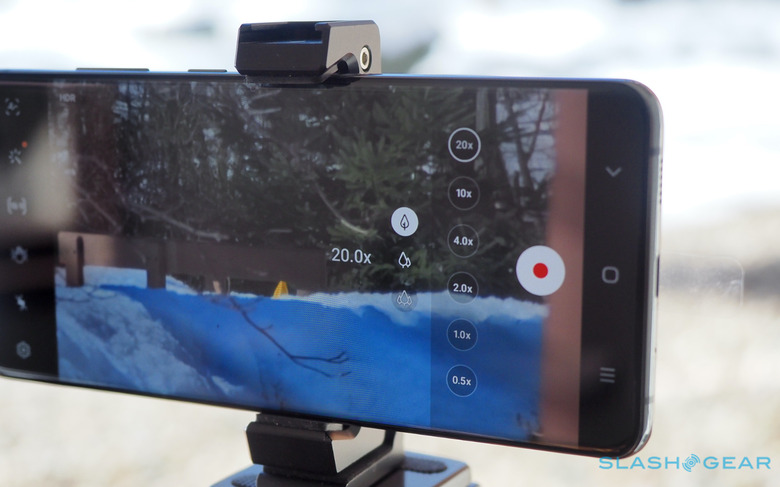
Unfortunately you can't really do that manually, because Samsung limits the amount of zooming possible in video mode. Unlike with still photos, you only get a maximum 20x magnification when you're recording 4K video.
100x zoom is fun, but hardly a selling point
I don't think we need to worry too much about Galaxy S20 Ultra 5G owners going "full paparazzi" with their phones. By the time you get into peeping-tom levels of zoom, the pixelated results are less like titillation and more like a Magic Eye picture.
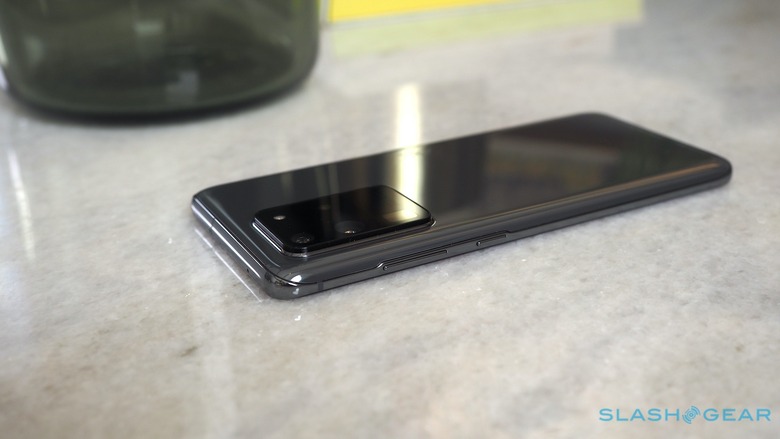
That's not to say the Ultra's telephoto is no use whatsoever. At lower levels of magnification the results can still be very impressive; I'm still early in my testing, but having the flexibility to get 10x or 20x into the frame with minimal impact on quality has been great. I'll have more on that as I work on our full Galaxy S20 Ultra 5G review – until then, keep the questions coming in the comments.

